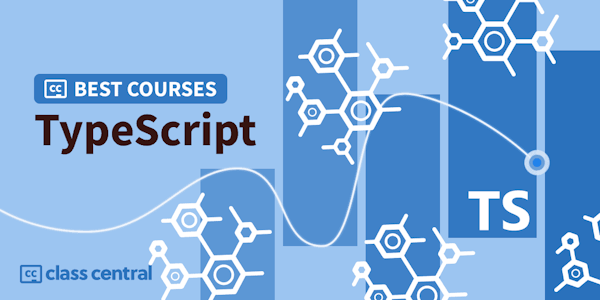How you build with Angular has changed quite a lot over the years.
For example, the `inject` function was introduced in version 14 but you might still be familiar with Angular's constructor injection.
Similarly, structural directives like `ngif` or `ngfor` have been replaced with `@if` and `@for` blocks since version 17 and beyond.
These are patterns that need to be adjusted if you want to stay up-to-date with the latest Angular has to provide.
Luckily, Angular gives you great tools in the form of a migration CLI for supporting your migration efforts as you incrementally update your App from older version features and patterns.
When you're done with this course you'll know how to target specific features, folders, and files to migrate to the latest Angular version.
You'll learn how to migrate:
- Structural directives with control flow syntax
- Constructor dependency inject to inject function
- Make components standalone
- Lazy load routes
- Input/Output decorators to signal-based API
Overview
Syllabus
- Replace Angular Structural Directives with Control Flow Syntax using Angular Migrations
- Replace Angular DI Constructor Injection with the inject function using Angular Migrations
- Make Components, Directives and Pipes standalone using Angular Migrations
- Make Angular Routes Lazy Loaded using Angular Migrations
- Replace Input and Output Decorators with signal-based APIs using Angular Migrations
Taught by
Tomasz Ducin


